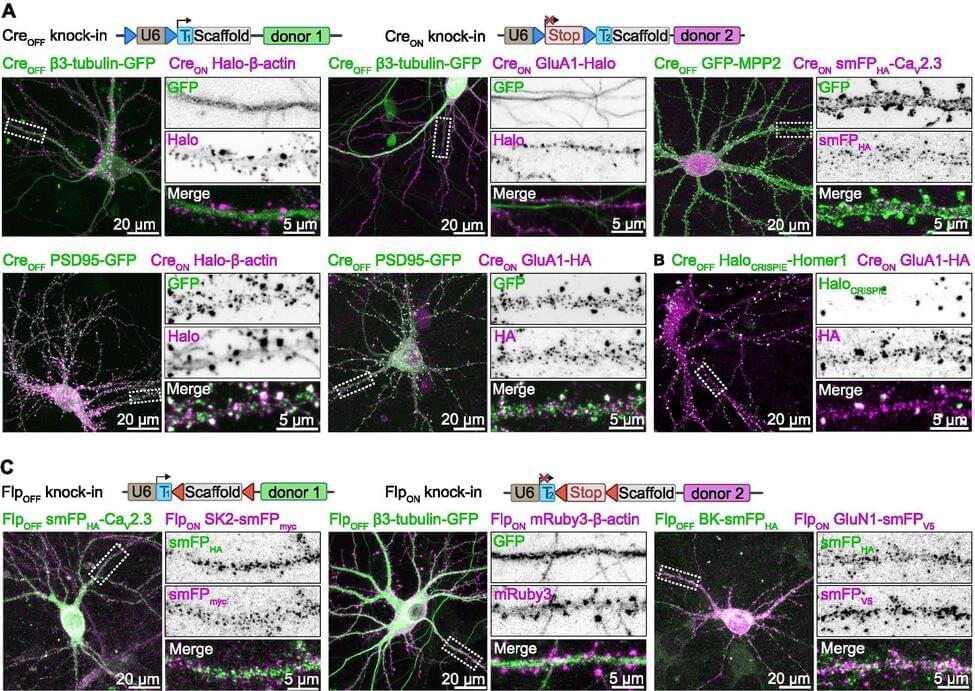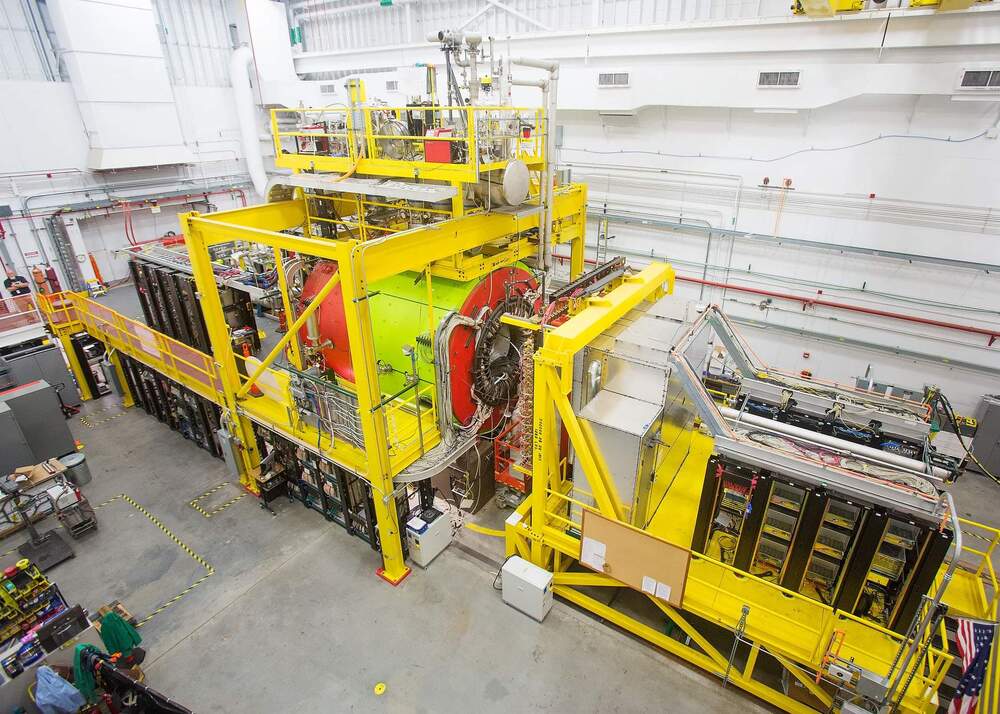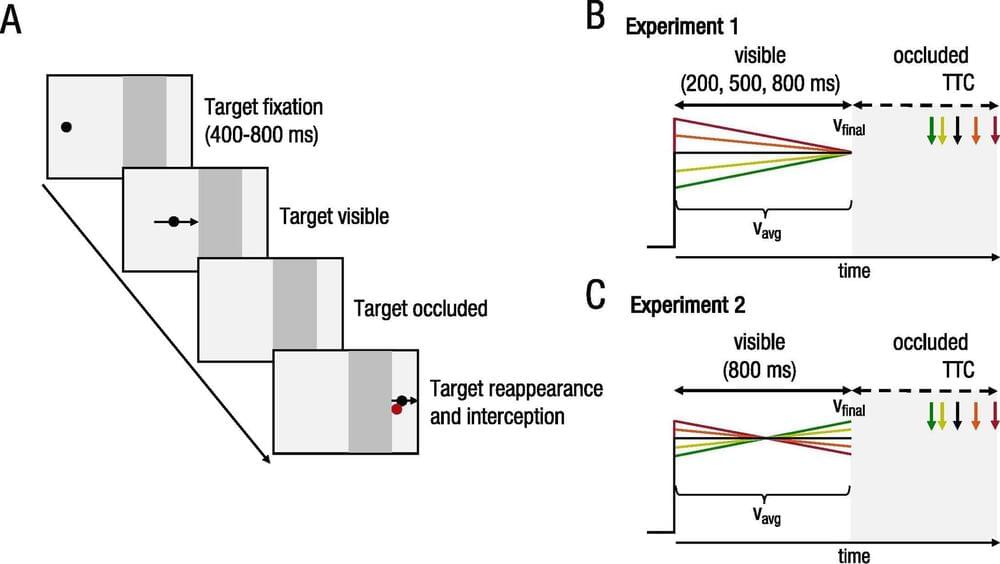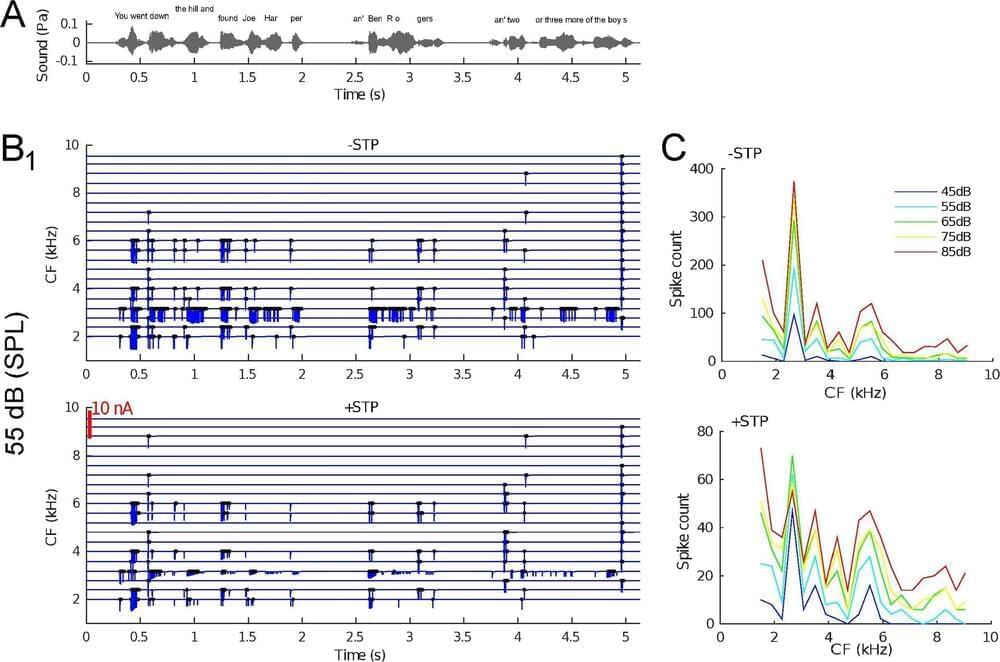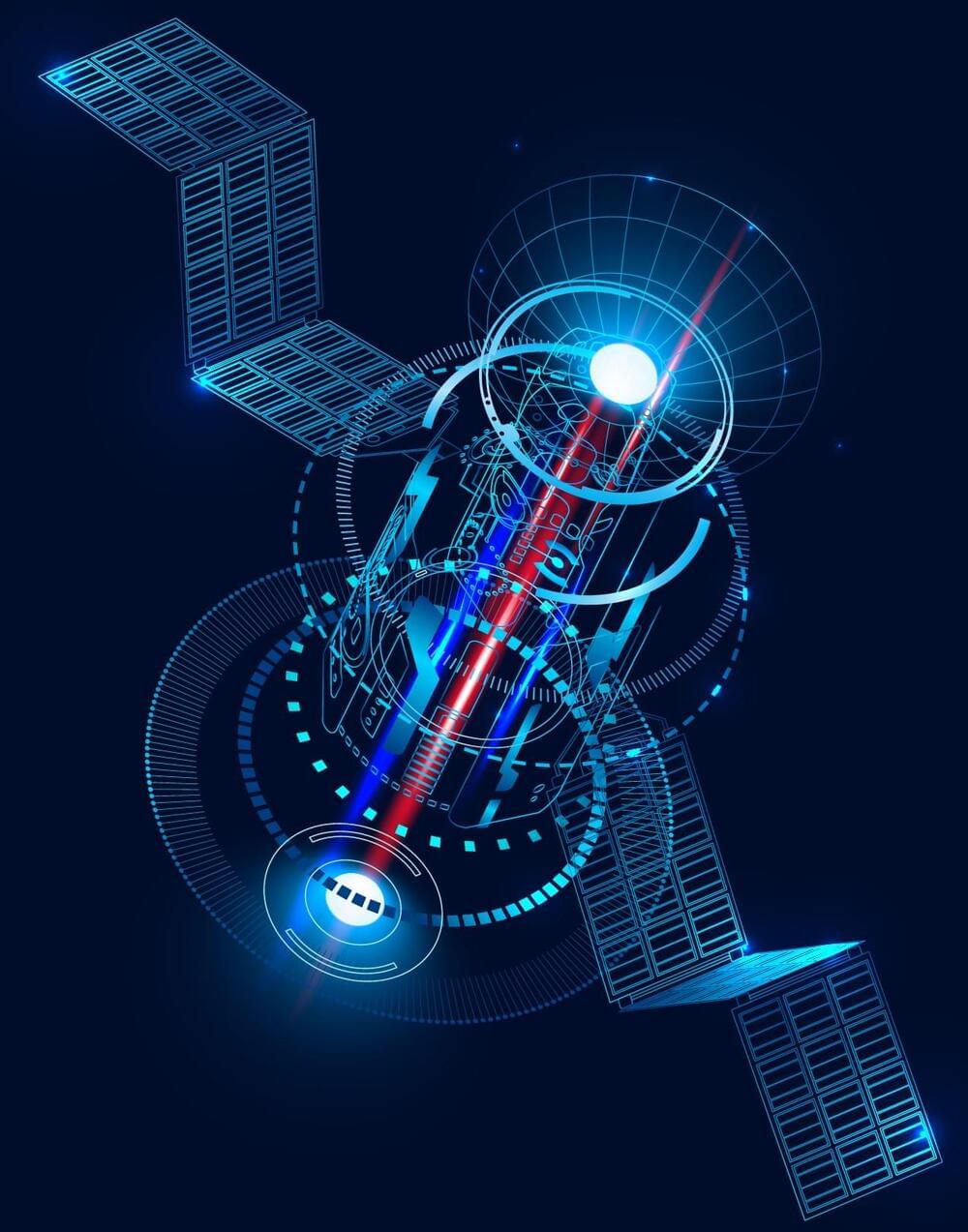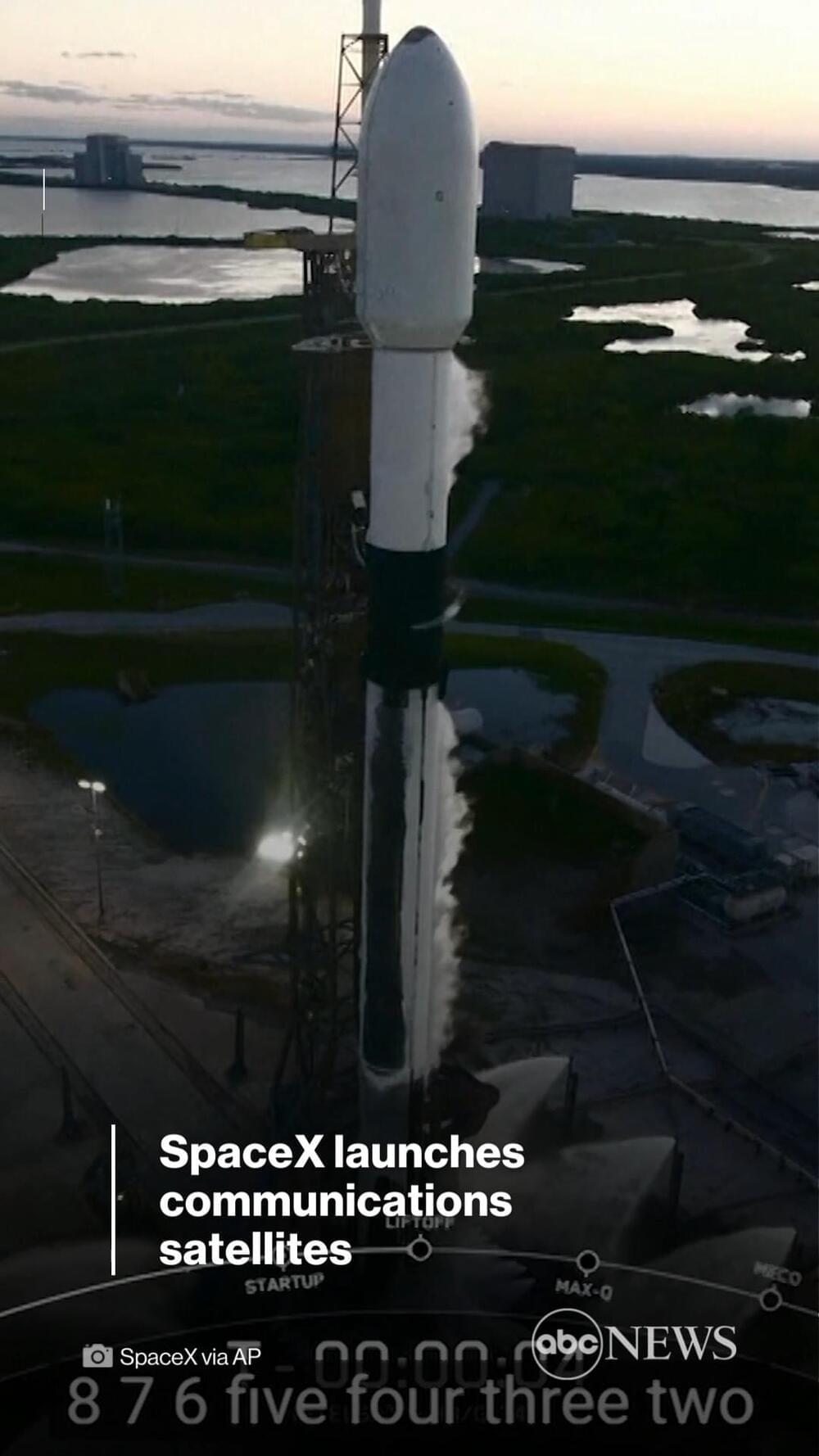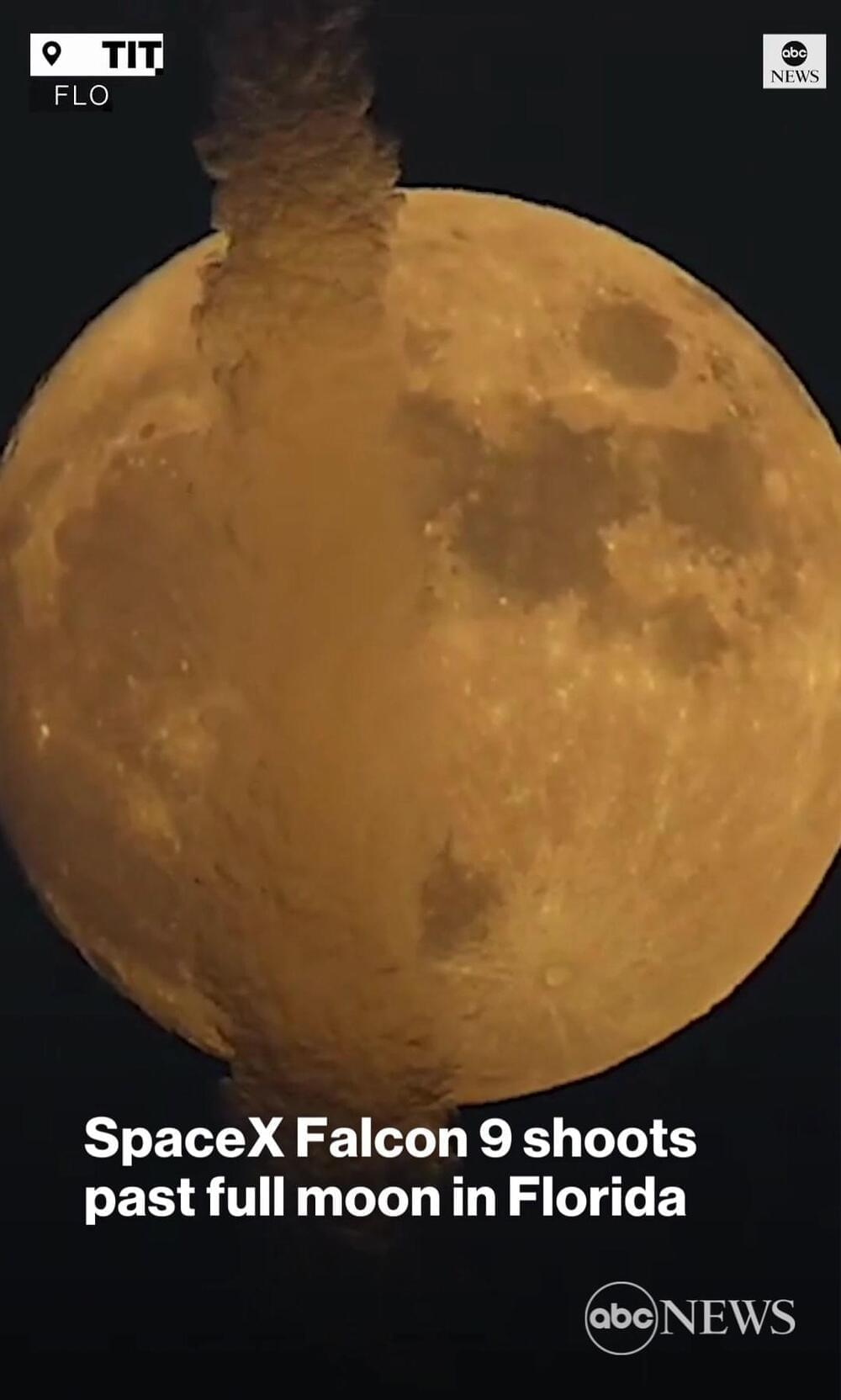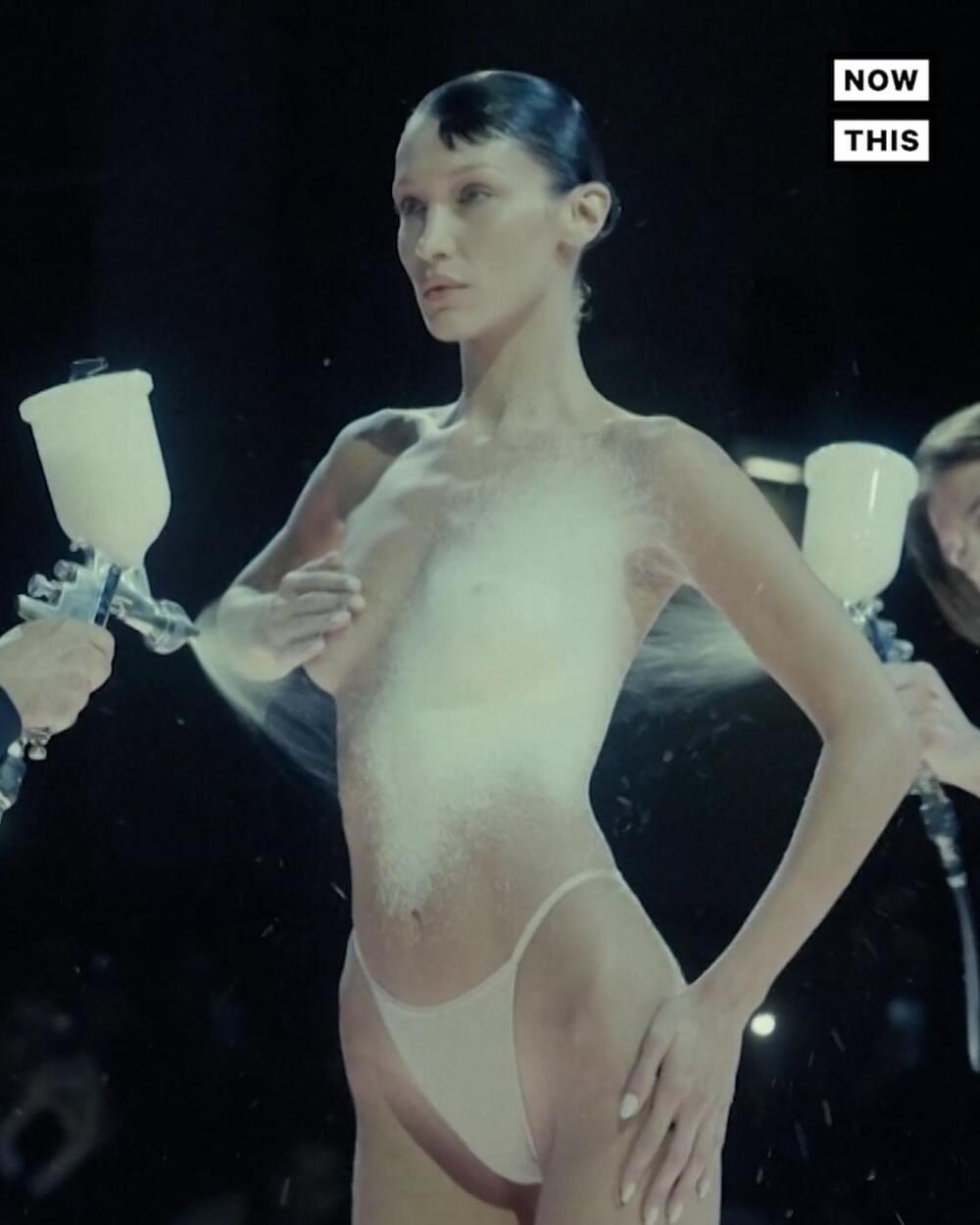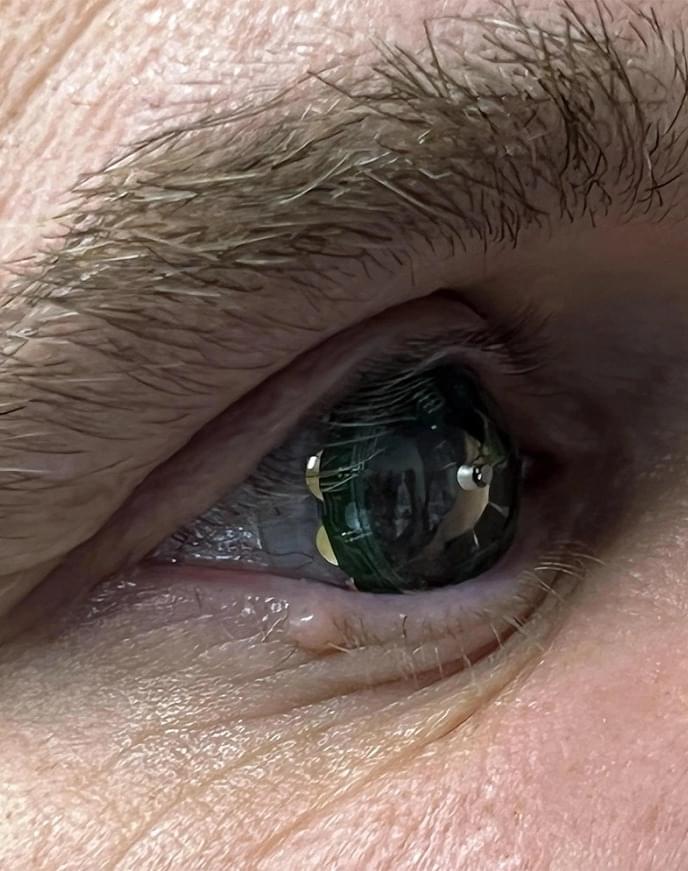Aeromine says its unique “motionless” rooftop wind generators deliver up to 50% more energy than a solar array of the same price, while taking up just 10% of the roof space and operating more or less silently. In independent tests, they seem legit.
Distributed energy generation stands to play a growing part in the world’s energy markets. Most of this currently comes in the form of rooftop solar, but in certain areas, wind could definitely play a bigger part. Not every spot is appropriate for a bladed wind turbine, though, and in this regard, University of Houston spinoff Aeromine Technologies has designed a very different, very tidy form of rooftop wind energy capture that looks like it could be a real game-changer.
As with traditional wind turbines, size is key. So while Aeromine’s wind energy boxes take up a relatively small footprint on your roof, they’re still pretty bulky. The wings themselves are maybe 10 feet (3 m) high, at a rough guess, and looking at the latest imagery they’re now sitting on top of boxes that might add another 6 ft (1.8 m) or more to their height – so they’re no shrinking violets. On the other hand, they don’t create the noise, or the constantly moving visual distraction of a regular, bladed turbine, so they may prove to be less unwelcome in populated areas.
